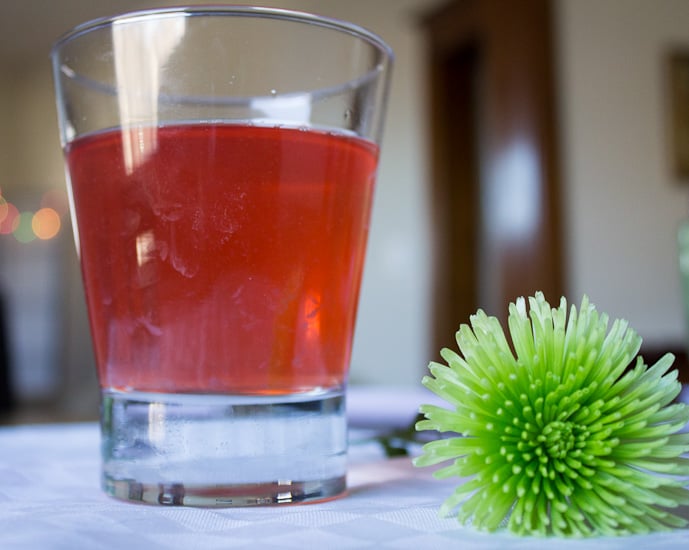
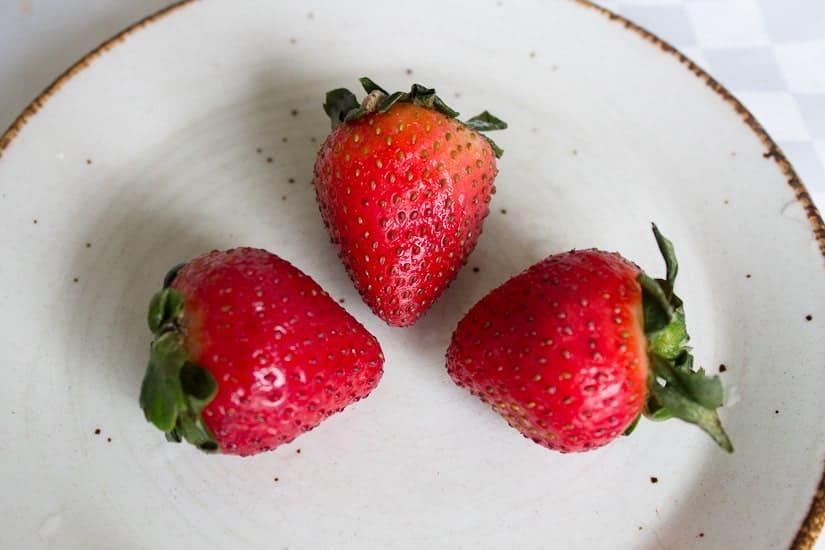
First of all, I owe you an apology for the radio silence lately. When I set out to write this blog, I had high hopes of being able to post twice weekly. But in the last three months, with the trip to Israel, move to Montreal, and now trip across Quebec, I have fallen off the bandwagon, slowing down the pace to a recipe a week, or even skipping a week. It doesn't make me proud; I am a person who sticks to their word, and the failure to do so has been causing me a great deal of anguish. That's not what I want. That was never the point of this blog, which was to be a creative outlet, a portfolio, and a forum to discuss the ways in which memory, family, cultures and food all intersect.
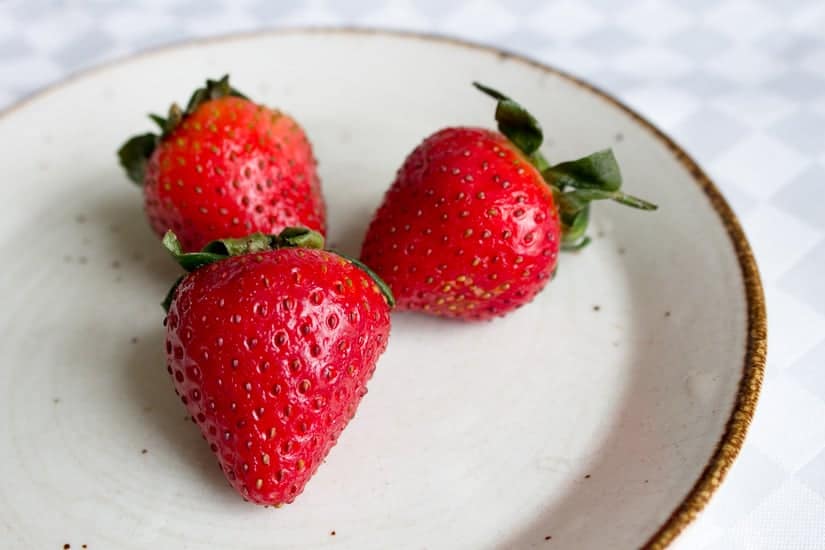

Today, I wanted to discuss my discomfort publicly, and to make a commitment. I will get back on the wagon; I will get back to regular weekly posts, at least two a week. But it will take time. It likely won't happen before the end of August, when my family has left Canada, G goes to law school, and I'll likely have a lot more time on my hands. Time to experiment with local ingredients. Time to go to the market even more often. Time to play around with lighting in my dark new kitchen. And most of all, time to write.
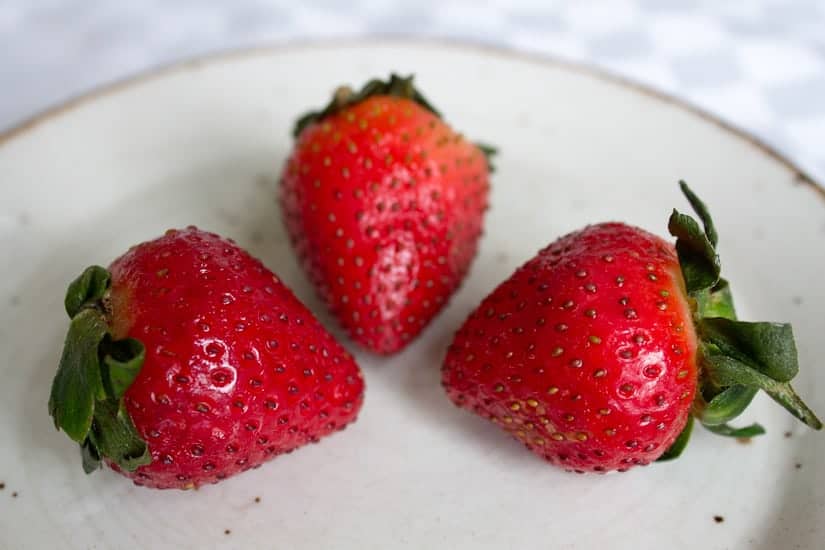
But then, today's post couldn't have come at a more opportune time. As it's been a week since my last recipe, the publication of Cockroach Zine's water issue, bearing my article Spiked Water, it means I have a new recipe to share, without taking hours to write and edit a post and photographs. It also means I get to plug one of my favourite publications and a worthy creative endeavour. Meg Crane is one of the most tenacious people I know. She is a talented writer, photographer and editor whom I have had the pleasure of working with in OutWords, and she continues to amaze me every day as she juggles two magazine editing jobs, being a proud mama to three cats and the occasional foster dog, and being the wizard behind Cockroach Zine, a publication for environmental feminists, or anyone concerned with water, sex, music, and the likes. In short, and at the risk of sounding superfluous, she's pretty awesome.
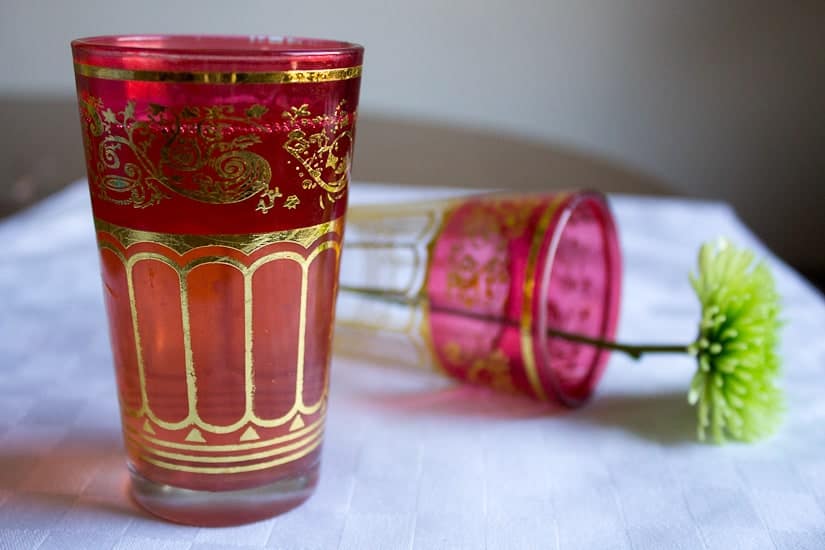
If you'd like to read more of what Cockroach Zine has to offer, check out their Etsy shop. At $2 a pop for a digital copy, it wouldn't cost you more than a cup of coffee to support an independent publication. And it would stand to make some people very happy. But without further ado, I bring you my family's story with water.
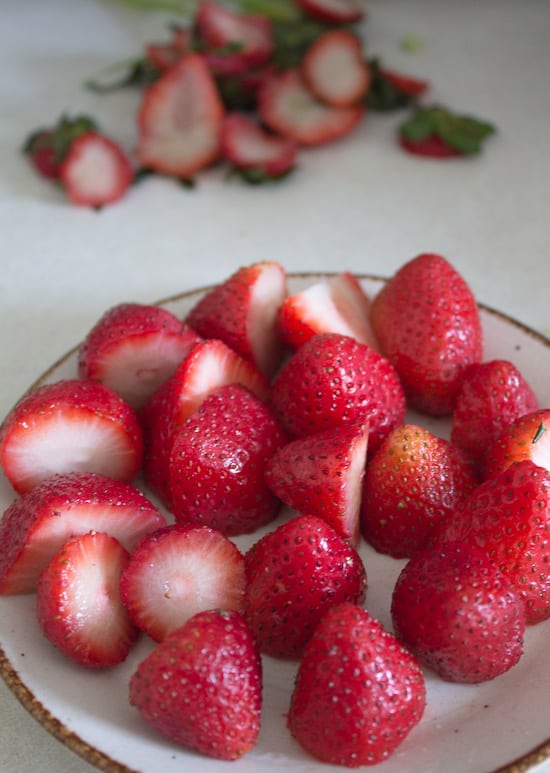
My family has always had a tenuous relationship with water. When she was 11, my mother nearly drowned in the sea, caught in a hidden underwater whirlpool that sucked her in against her best attempts to survive. Not much of a swimmer, she was paddling along the slow current when she felt her entire body getting pulled underwater, an immediate suction that was relentless in its power. She was swallowing water, coughing and sputtering, but more kept coming.
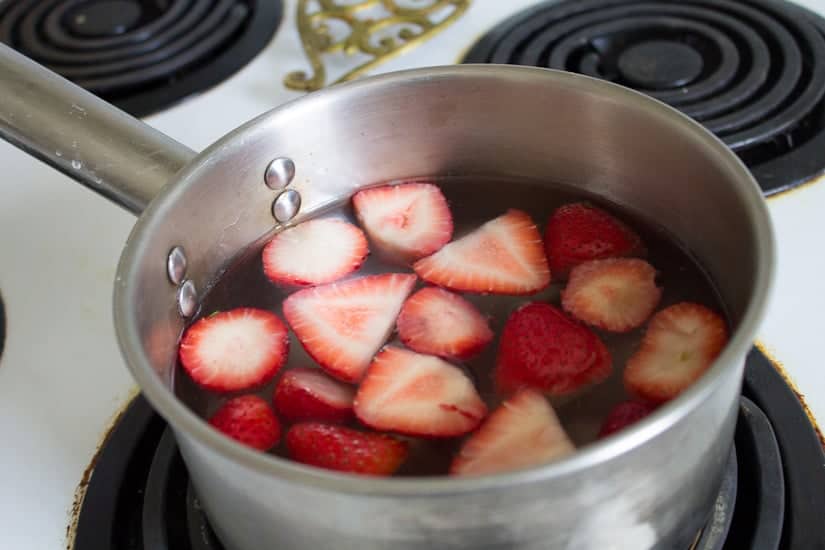
She describes the feeling of finally giving up, of realizing that this was the end, of stopping her paddling and just letting the water carry her under. Then came the darkness.
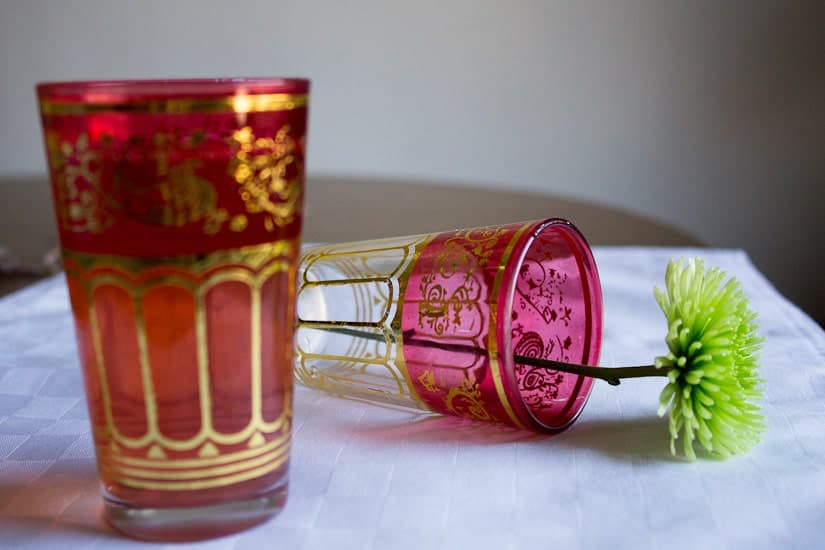
She was saved by a well-meaning lifeguard who pulled her to shore. After enough resuscitation, my mother was able to regain consciousness, coughing out all the water she had swallowed. She was fine, but she never felt quite so comfortable with seas, lakes, or oceans after that. She still refuses to put her head underwater while swimming. To her, water represents mortal danger.

After moving to Israel, water took on a whole new meaning for my family. With its limited water supply, half the country of Israel relies on the Sea of Galilee for clean water. The other half extracts drinking and washing water from underground reservoirs, which get renewed after heavy rains. Water is a precious, scarce resource, not to be wasted or toyed with. Water guns are seen as frivolous, and during the annual Jewish celebration of abundance, Shavuot, kids delight in splashing each other with water balloons as a display of richness. In times of draught, the whole country goes into lockdown, water is rationed, and strict showering and plant watering times are enforced. To the country of Israel, water represents the stuff of life.


But my grandmother takes on another approach to water. To her, it is both a precious commodity and a wasted resource, a thing to be improved upon. She loves to swim and does so nearly every day, trekking the two kilometres to the nearest swimming pool with my grandfather. She never puts her head underwater. After the swim, she goes to the sauna, where she sweats out half of her body’s weight in water. Some days, my mother joins her for the sauna, but never for the swim. And afterwards, they share a thermos full of lukewarm strawberry compote. In this shape, joined by the sweetness of ripe berries, water is at its finest to my grandmother. And you better believe that not a drop goes to waste.
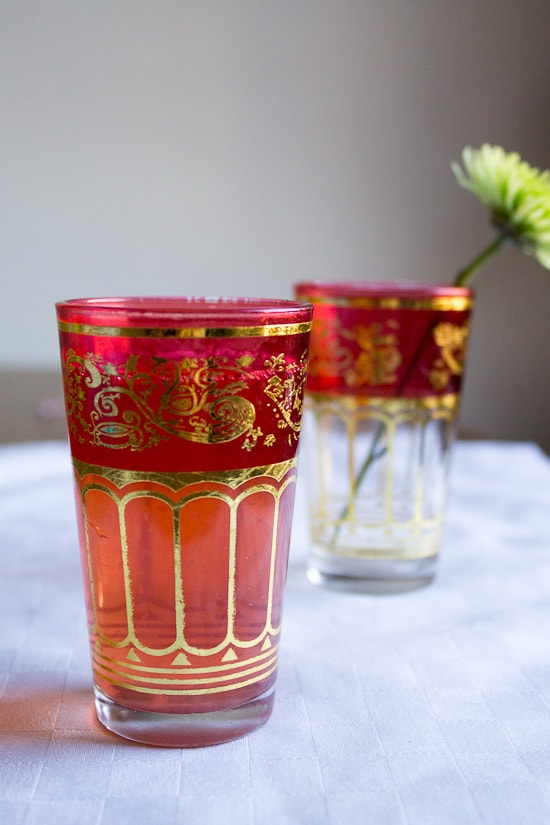
Recipe
Tried and loved this recipe? Please leave a 5-star review below! Your reviews mean a lot to me, so if you've got any questions, please let me know in a comment.
Russian strawberry compote
Ingredients
- Amounts can be easily scaled up or down. Maintain a 2:1 water to fruit ratio.
- 1 kg of strawberries fresh or frozen (you can also use any other berries you have on hand)
- 2 litres of water
- ¾ to 1 cup sugar or suitable substitute to taste (when my grandmother makes this for my diabetic grandfather, she omits the sugar altogether and uses the ripest berries)
Instructions
- Wash berries well and pick through them, cutting out all damaged spots. Pour the washed berries into a 3-litre enameled saucepan. Add sugar and water, in this order.
- Cook over low heat until boiling, stirring constantly with a wooden spoon. Remove from stovetop immediately after boiling, and allow the compote to cool to room temperature.
- Preferably, consume during the day of preparation. If desired, compote can be poured into jars or bottles with a large neck and stored in the refrigerator for 3 to 5 days (the less sugar, the shorter the compote’s shelf life, even in the refrigerator).
- You can also arrange extra cut-up berries in an ice tray, and pour the prepared compote on top. Freeze completely. To use, place berry cubes into 100-200 ml of warm water, and stir to combine.
- You can also freeze the strawberry compote directly in the ice tray, and add these berries (with honey) to dark, strong tea, for a true Russian treat.

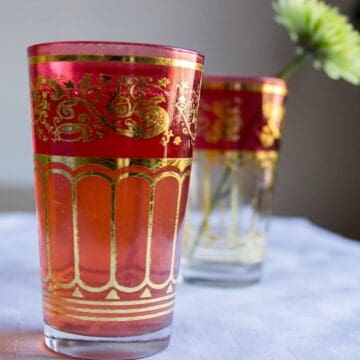
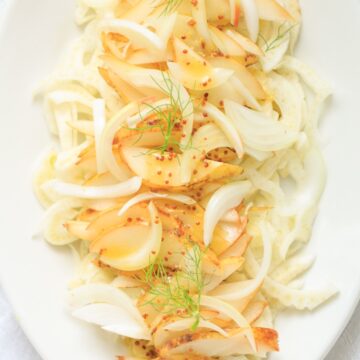

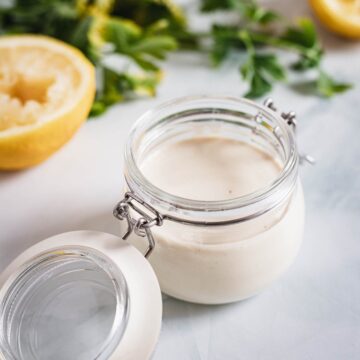
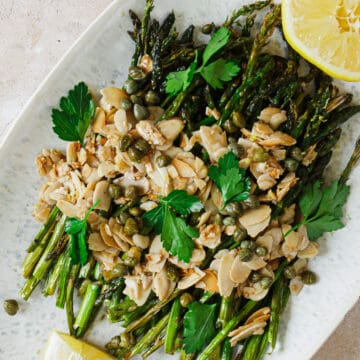

Mom says
Comment